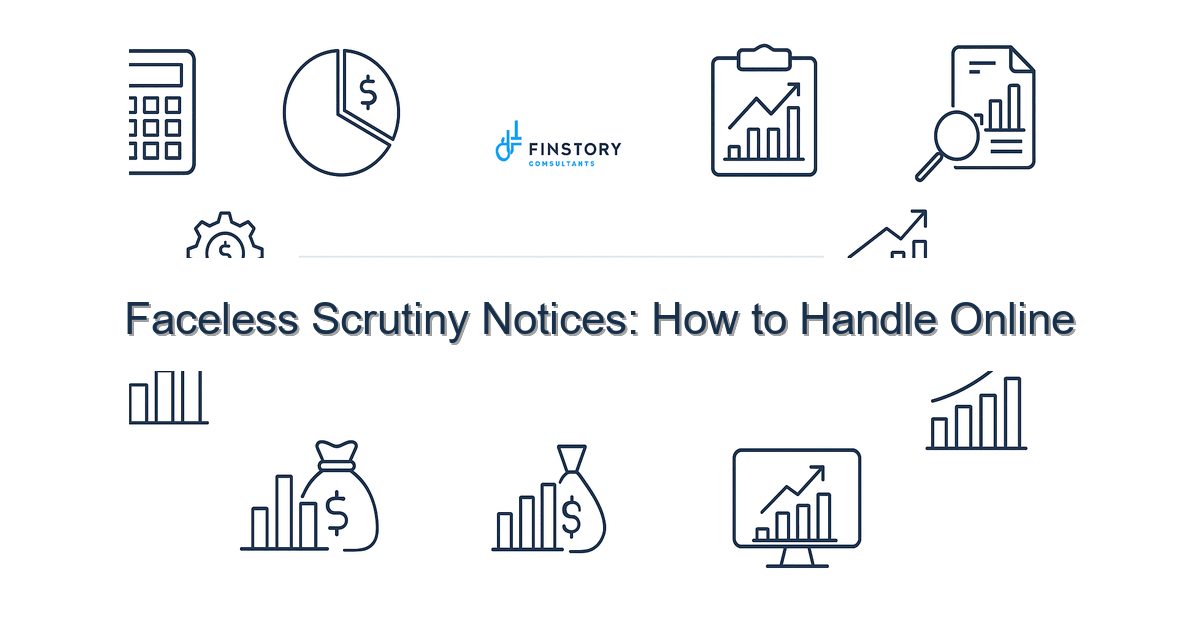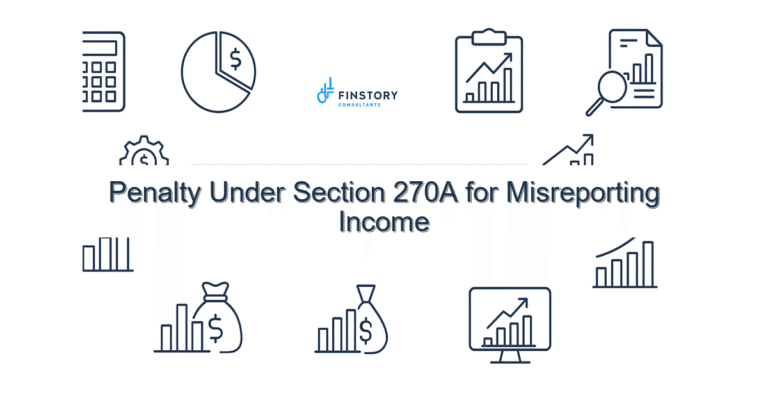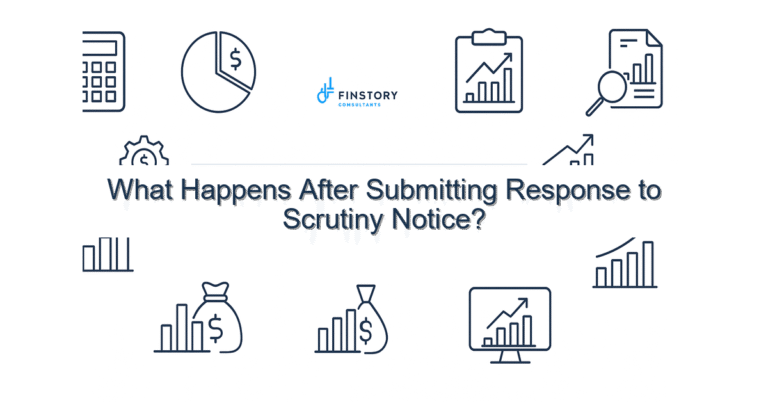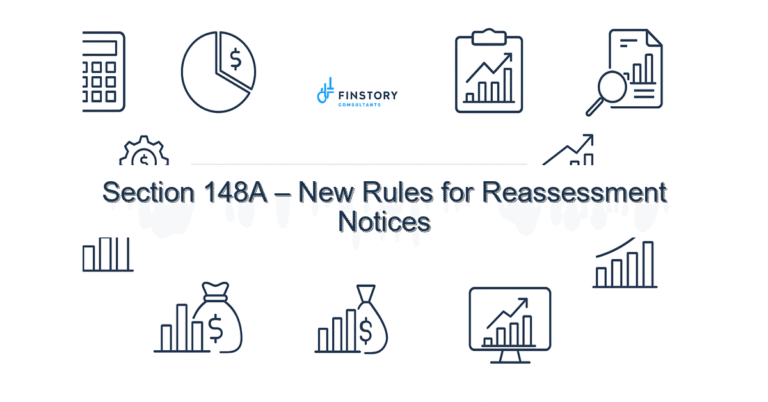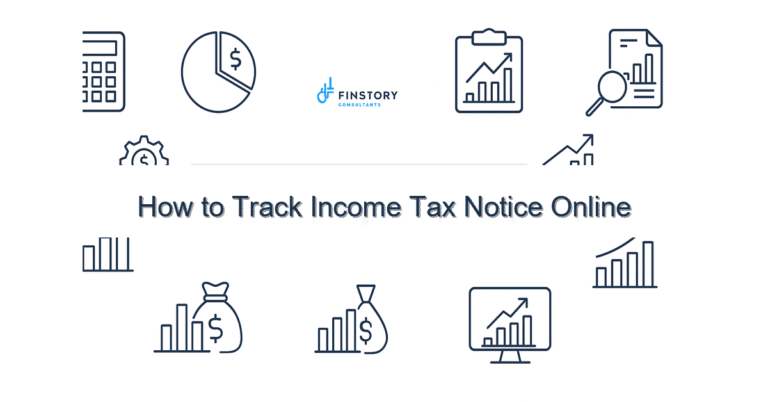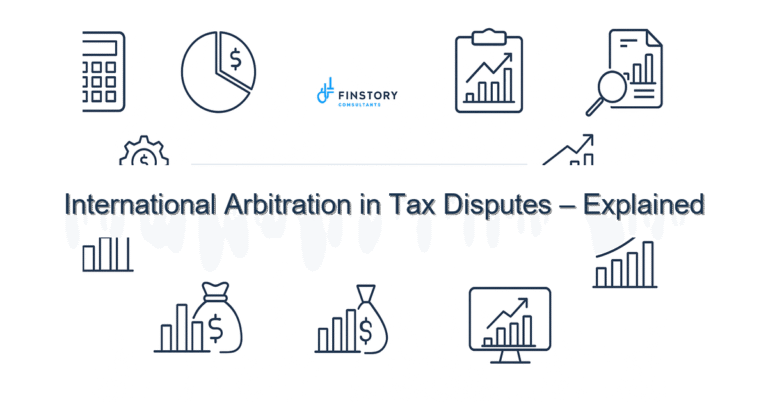Faceless Scrutiny Notices: How to Handle Online
Getting a faceless scrutiny notice can feel like a sudden alarm—confusing language, unfamiliar timelines and the fear of penalties. You’re not alone: salaried professionals, founders and MSMEs across India face these notices and worry about losing refunds, wasting time or triggering follow-ups.
Summary: The key is to act fast, gather accurate documentation, use the e-filing portal correctly and, where needed, get professional help to ensure a clean, well-supported online response that minimises risk and preserves refunds.
What’s the real problem in India?
Faceless scrutiny notices are issued under the CBDT’s faceless assessment scheme to improve transparency and reduce personal contact. But for many taxpayers the issues are practical: unclear deadlines, unfamiliar digital forms, and references to AY/PY or sections they don’t regularly use. The result is stress and reactive replies that create more queries.
- Symptom 1: Notices reference AY (Assessment Year) or PY (Previous Year) and you’re unsure which return to check.
- Symptom 2: The notice asks for proofs you didn’t keep because you thought you only needed them for ITR filing on the ITR filing last date.
- Symptom 3: AIS/26AS and Form 26AS mismatches or missing TDS/TCS entries cause unexpected tax demand.
- Symptom 4: You submit a partial reply online and receive a follow-up because you missed capital gains indexation or carried forward losses.
What people get wrong
Here are common pitfalls that turn a manageable notice into a headache:
- Replying too late or with inadequate evidence — timing matters more than you think.
- Using generic replies — not addressing the exact queries in the notice (e.g., source of income, mismatch in TDS/TCS, or unexplained high expenses).
- Assuming the notice is a scam — many taxpayers delay verification and then miss real deadlines.
- Over-sharing or under-sharing documents — both create risks. Submit precise, authenticated proofs aligned to the questions.
A better approach
Responding to a faceless scrutiny notice should be systematic, quick and evidence-based. Use this 4-step framework:
- Clarify: Read the notice carefully. Note the AY/PY, the specific queries, the deadline, and whether the notice is under Section 143(2) or another provision. If unsure, screenshot and save the notice PDF from the e-filing portal.
- Reconcile: Pull your AIS/26AS, bank statements, broker statements (for capital gains), and GST/TDS/TCS records. Match figures line-by-line to the query. For capital gains, check indexation and cost basis.
- Prepare targeted evidence: Create a short cover note addressing each query numerically and attach proofs (invoices, bills, Form 16/26AS, bank remittances, contracts). Keep file sizes within e-filing limits and use clear filenames.
- Respond via e-filing and track: Upload your reply and attachments through the faceless assessment portal and save acknowledgements. If the portal permits, request an extension with reasons.
Real-world example: A Bengaluru startup founder received a notice about unexplained high travel expenses. By reconciling corporate reimbursements with bank statements and submitting company travel policies and bills, the founder had the notice closed within 45 days and preserved a pending refund of Rs. 1.2 lakh.
Quick implementation checklist
- Log into the e-filing portal and download the notice PDF immediately.
- Confirm AY/PY and the exact nature of the query (income mismatch, disallowance, unexplained credit).
- Download AIS/26AS and compare all TDS/TCS entries against your records.
- Collect supporting documents (invoices, bank statements, Form 16, capital gains computation showing indexation).
- Prepare a short point-by-point response matching each notice query with evidence.
- Compress attachments per e-filing specs and upload via the faceless assessment portal; keep copies offline.
- Note the reply date and follow up weekly on the portal for updates.
- If unsure, contact an expert immediately — do not refuse to respond assuming it’s a scam.
What success looks like
When you handle a faceless scrutiny notice correctly, these measurable outcomes are common:
- Refund preserved or processed within the expected timeframe (e.g., no hold on refunds).
- Notice closed without disallowance or with minimal adjustments.
- Fewer follow-up notices in subsequent years due to improved documentation.
- Reduced assessment or interest/penalty exposure.
- Clearer record-keeping: reconciled AIS/26AS and accurate TDS/TCS reporting.
Risks & how to manage them
- Risk: Missing deadline. Mitigation: Reply early; request extension on portal if needed and document the request.
- Risk: Incorrect or inconsistent evidence. Mitigation: Reconcile with AIS/26AS and cross-check bank entries and invoices.
- Risk: Sharing sensitive personal data. Mitigation: Share only required documents and redact irrelevant personal identifiers when possible.
- Risk: Panicking and admitting errors that increase demand. Mitigation: Present facts, not speculation; get expert review before submitting complex explanations.
Tools & data
Make these tools part of your checklist:
- AIS/26AS: Reconcile all TDS/TCS entries and refunds against this consolidated statement.
- Income-tax e-filing portal: Submit replies, download notices and track acknowledgements.
- Bank and broker statements: Needed for verifying salary credits, capital gains and foreign remittances.
- TDS/TCS tracking tools and bookkeeping software: Ensure auto-matching of receipts to Form 26AS and spot missing entries.
- Capital gains indexation calculators: Use for long-term gains to show correct indexed cost claims.
FAQs
Q: Is a faceless scrutiny notice the same as a regular notice?
A: It’s similar in purpose but issued and processed digitally under the CBDT faceless scheme. You must respond through the e-filing portal; physical visits aren’t required.
Q: What if my ITR filing last date has passed—will this affect my reply?
A: Missing the ITR filing last date can complicate matters but doesn’t automatically invalidate your response. File a belated ITR if needed and include an explanation when replying.
Q: The notice mentions mismatch with Form 26AS—what should I check?
A: Reconcile TDS/TCS entries, check for duplicate or missing challans, and match employer Form 16 or contractor TDS certificates. Corrections may require contacting the deductor or filing a rectification.
Q: Do I need to pay tax or interest immediately if a demand is raised?
A: You should verify the demand. If unjustified, contest it via the portal with evidence. If valid, pay to avoid interest; discuss staggered options if the amount is significant.
Next steps
If you’ve received a faceless scrutiny notice, start with our checklist and get your AIS/26AS and bank statements ready. For clear, defensible replies and to protect refunds, professional help often saves time and money. We can review your notice, reconcile the numbers and draft a response that addresses the assessor’s queries precisely.
Need help now? Use our quick resources: [link:ITR guide] and [link:tax-saving tips] to prepare documents. Then, book a free consult to review your notice with our tax experts.
Work with Finstory. Speak with an Expert for a personalised plan to reduce your tax outgo and stay compliant. Book a free 20-min consultation.
📞 Need help with Income Tax in India?
Book a 20-min consultation with our tax team. Individuals, founders & MSMEs welcome.
Prefer email or phone? Write to info@finstory.net
or call +91 44-45811170.
